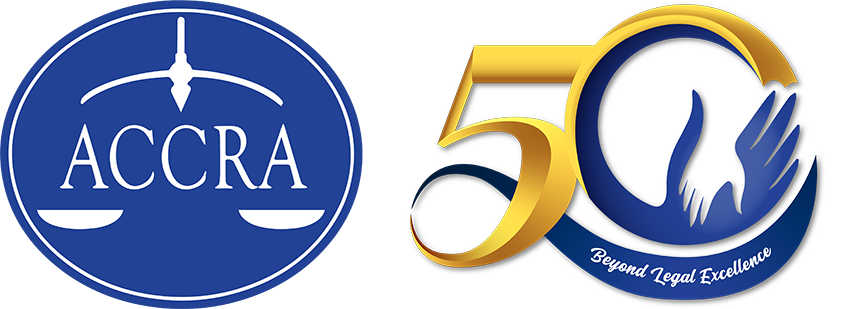Going through reportedly the world’s longest lockdown because of COVID-19, from easing up and back to further restricting quarantine measures, it would seem that this pandemic has brought both the good and bad out of this government. As the confirmed COVID-19 cases in the Philippines recently breached the 100,000 mark, making the country the number one in Southeast Asia in number of cases, questions whether the government is doing enough swirl around.
It cannot be denied, however, that the government implemented some measures and continues to innovate policies to adapt to the new normal.
And one laudable and unorthodox policy implemented by no less than the Supreme Court of the Philippines is the 2020 Interim Rules on Remote Notarization of Paper Documents (“Rules on Remote Notarization”), which effectively amended certain provisions of the almost-two-decade old notarial rules, specifically on personal appearance before the notary public.
Under the Rules on Remote Notarization, paper documents or instruments with handwritten signatures or marks may be notarized using videoconferencing facilities. With this recent development, the traditional required practice of persons personally appearing before the notary public to have their documents or instruments notarized now becomes a thing of the past. As long as one has the necessary devices and a stable internet connection, notarization can be done in the comforts of one’s own home — doing away with the stresses of social distancing, the wearing of face masks and shields, and crossing border control traffic; ultimately aiming to eliminate unnecessary travel.
Personal appearance before the notary public can be done through videoconferencing facilities, for both the principal and his or her witnesses. Videoconferencing facilities include Webex, Zoom, Google Meet, Microsoft Teams, and other similar web conferencing platforms. More informal platforms for videoconferences, such as the Facebook Messenger application, may even be used, as long as the participants can see, hear, and communicate with each other, and confirm competent evidence of identity to each other in real time.
The following general guidelines are to be followed under the Rules on Remote Notarization:
- The principal shall cause the delivery of the instrument or document requiring notarization to the notary public by personal or courier service. The instrument or document must be integrally complete, bear the signature of the principal and witnesses, and be placed in an envelope sealed with the initials of the principal.
- Together with the instrument or document, the principal and the witnesses, not personally known to the notary public, shall provide two copies of any competent evidence of identity to the notary public.
- The principal shall also submit to the notary public a video clip showing that he or she actually signed the instrument or document delivered. The submission may be made together with the instrument or documents by storing the same in a compact disc (CD) or universal serial bus (USB) or by sending the video clip by electronic mail or any other means of digital communication.
- Upon receipt of the instrument or document, the notary public shall schedule a videoconference with the principal and the latter’s witnesses. During the videoconference, the notary public shall require the principal to confirm his or her identity, including his or her location, and require the principal to affix his or her signature on a blank piece of paper within full view of the notary public, for signature comparison, among others.
The Rules also require that the notary public, as well as the principal and his or her witnesses should be within the territorial jurisdiction of the notary public’s commission during the videoconference. And, for notaries public, they are required to take photographs and screenshots of the videoconference to serve as proof that the principal and his or her witnesses appeared before the notary public.
The adoption of this new rule conforms with the fast-paced and technology-driven work environment. As a result, it eliminates possible delays and bottlenecks in document execution brought about by the traditional concept of personally appearing before notaries public, especially considering restrictions on movement of persons during this time of pandemic. Undoubtedly, this simple yet innovative measure adopted by the Supreme Court uses pre-pandemic technologies and applications. This means that it would have been possible to implement these rules even before the crisis; the pandemic only pushed policymakers to adopt newer and better policies.
Amidst too much negativity during this pandemic, it would surely help ease the anxiety to recognize small victories such as this. Indeed, kudos to the Supreme Court!
This article is for informational and educational purposes only. It is not offered as and does not constitute legal advice or legal opinion.
Philip James C. Tidoso is an Associate of the Cebu Branch of the Angara Abello Concepcion Regala & Cruz Law Offices (ACCRALAW).
[email protected]




